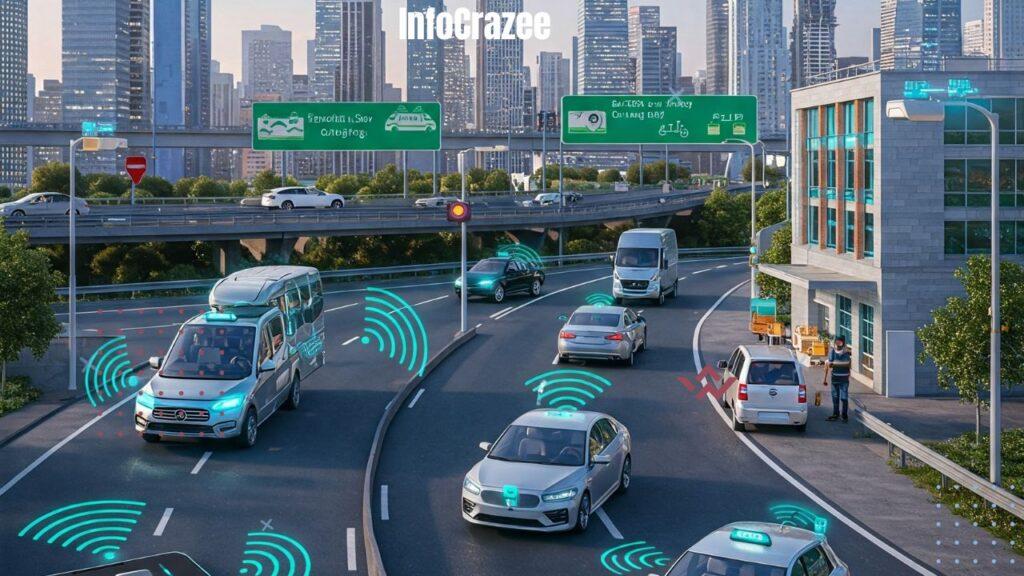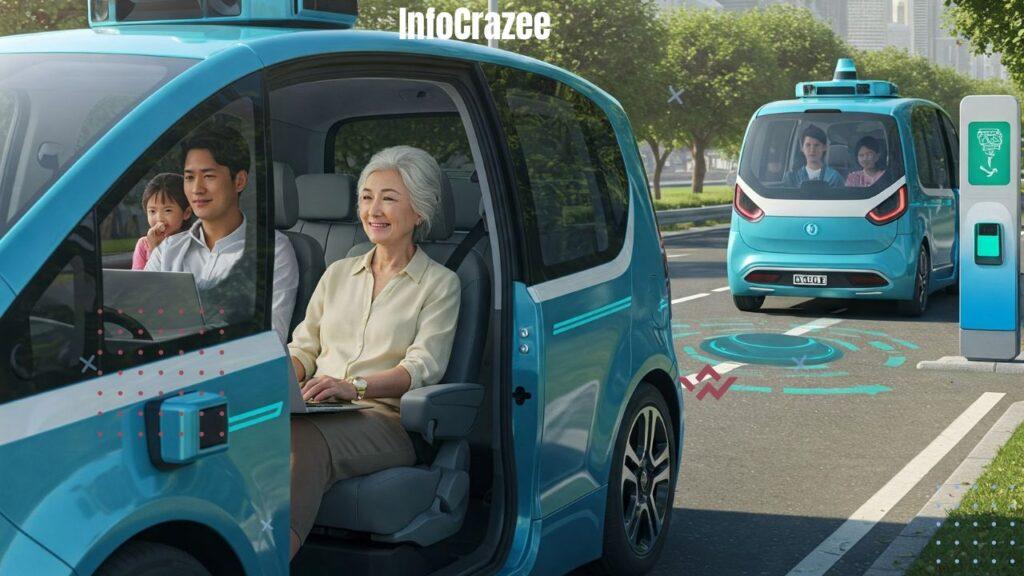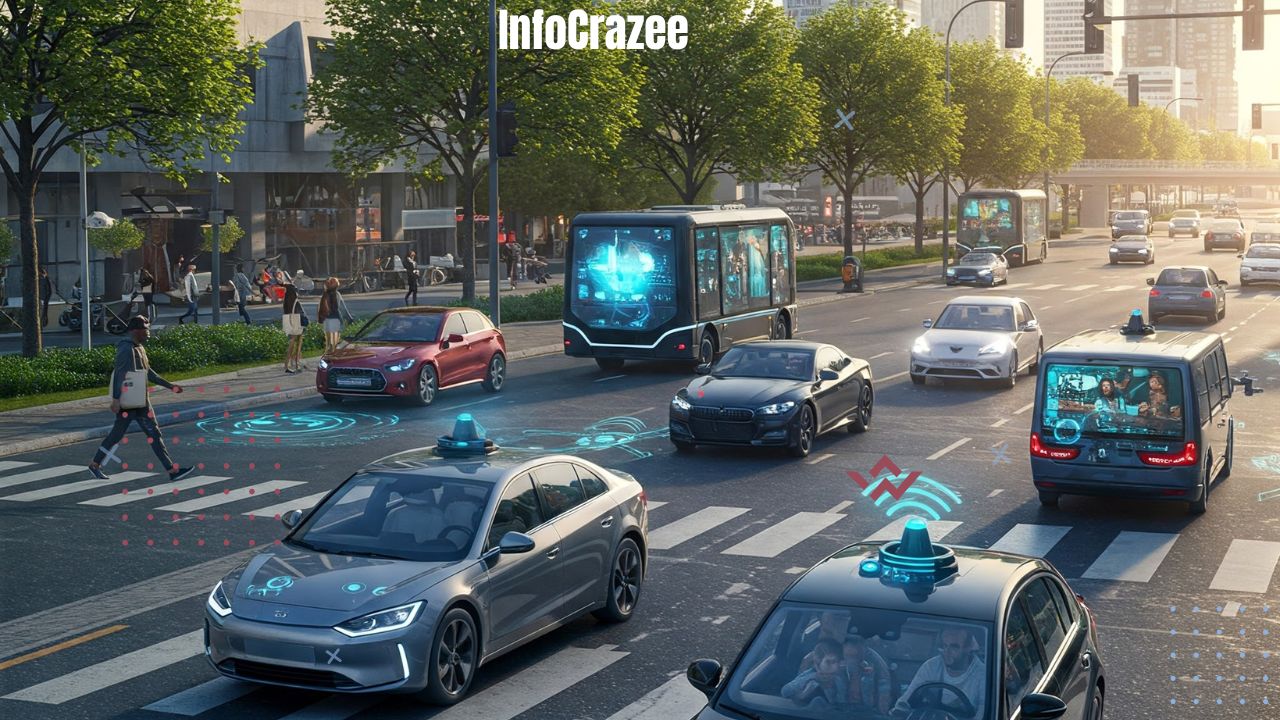Self-Driving Cars: What’s Coming Next and How It’ll Change the Way We Drive
Remember when self-driving cars felt like something out of a sci-fi movie? Fast forward to today, and we’re seeing real cars on real roads doing just that—driving themselves. While fully autonomous cars aren’t yet the norm, they’re getting closer every day.
In this article, we’ll take a look at where self-driving tech is headed, what it means for everyday drivers, and how it might totally transform the way we get around.
What Exactly Is a Self-Driving Car?
Let’s clear this up first. A self-driving car, also known as an autonomous vehicle (AV), is designed to drive itself without human input. Using cameras, radar, sensors, and AI, these cars can understand their surroundings and make driving decisions on their own.
There are 5 main levels of automation:
- Level 0 – No automation. You do all the driving.
- Level 1 – Basic assistance (like adaptive cruise control).
- Level 2 – Partial automation. The car can steer and brake, but you still need to be alert.
- Level 3 – Conditional automation. The car can handle most driving, but a human may need to step in.
- Level 4 – High automation. No human needed in most situations.
- Level 5 – Full automation. The car can drive anywhere, anytime, with no human input.
Most cars today are somewhere between Level 2 and Level 3.
What’s Coming Next in Self-Driving Technology?
So, what’s on the horizon? Here’s a peek into the not-so-distant future:

1. Safer Roads with Smarter AI
One of the biggest goals of self-driving tech is reducing accidents. AI systems are being trained with massive amounts of real-world data to help them spot hazards, predict behavior, and avoid crashes—faster than most human drivers ever could.
2. More Cars Going Driverless in Cities
Companies like Waymo, Tesla, and Cruise are already testing fully autonomous taxis in places like San Francisco and Phoenix. As this tech improves, you might be able to summon a car without a driver using an app—like Uber, but with no one behind the wheel.
3. Hands-Free Highways
Imagine driving on a highway while watching a movie or answering emails. That’s the goal of advanced driver-assist systems. Some newer vehicles already allow limited hands-free driving on highways, and this will only get better.
4. Self-Driving Delivery Vehicles
It’s not just people getting rides. Many companies are testing self-driving vans, trucks, and even robots for deliveries. That means your groceries or takeout might soon arrive in a car that drove itself.
How Will It Change the Way We Drive?
It’s not just about the tech—it’s about how it changes our daily lives. Here’s what to expect:

More Free Time
With cars doing the driving, you could use that time to relax, catch up on work, or just enjoy the ride.
Easier for People Who Can’t Drive
Think about elderly folks or people with disabilities. Self-driving cars could give them a whole new level of freedom and independence.
Fewer Accidents (Hopefully)
Most crashes happen due to human error—distraction, fatigue, or bad decisions. If AI takes over the wheel, we might see fewer accidents and safer roads.
Say Goodbye to Car Ownership?
Car-sharing services using autonomous vehicles could make owning a car unnecessary for some people. You might just “rent” a ride when you need it.
What’s Still Holding Things Back?
Even with all the progress, a few things are slowing down the driverless dream:
- Rules and regulations – Every city and country has different laws. Making sure self-driving cars follow them all is a major challenge.
- Cost – Building and testing this tech isn’t cheap. Right now, most fully autonomous cars are still in the testing phase.
- Trust – People are still nervous about letting a machine take the wheel. Earning public trust is going to take time (and proof that it’s safe).
💭 Real-Life Story: A Peek at the Future
In 2023, a woman in Phoenix ordered a ride using the Waymo app. A fully driverless car showed up—no steering wheel, no pedals, no human driver. She got in, buckled up, and let the car take her to work. She said it felt “weirdly normal.” That’s the kind of everyday experience we might all have soon.
What Can You Do to Get Ready?
You don’t need to buy a self-driving car tomorrow, but here’s how you can stay in the loop:
- Keep up with news – Follow updates from trusted sources or websites like infocrazee.
- Test out features – Many new cars already have driver-assist features. Try them out and get familiar.
- Think about your needs – If commuting is a hassle or you can’t drive, AVs could be a great solution when they’re ready.
FAQs About Self-Driving Cars
1. Are self-driving cars really safe?
Yes, they’re designed to reduce human error, but the tech isn’t perfect yet. Most crashes involving self-driving cars have been caused by human drivers, not the AVs themselves. Safety is improving with each update.
2. Can I buy a fully self-driving car right now?
Not quite. Some cars, like Teslas, offer advanced autopilot features, but they still require your attention. Fully driverless cars are mostly in testing or limited services in a few cities.
3. Will self-driving cars take away driving jobs?
Some jobs, like taxi or delivery drivers, may be affected over time. But new roles will also open up—like remote operators, software engineers, and maintenance crews for these high-tech vehicles.
Final Thoughts
Self-driving cars aren’t just a cool idea anymore—they’re a real part of our future. Whether it’s making roads safer, giving people more freedom, or changing how we commute, this technology is shifting gears fast.
The key is to stay curious, ask questions, and be open to how things are evolving. Here at infocrazee, we’ll keep you updated every step of the way.






